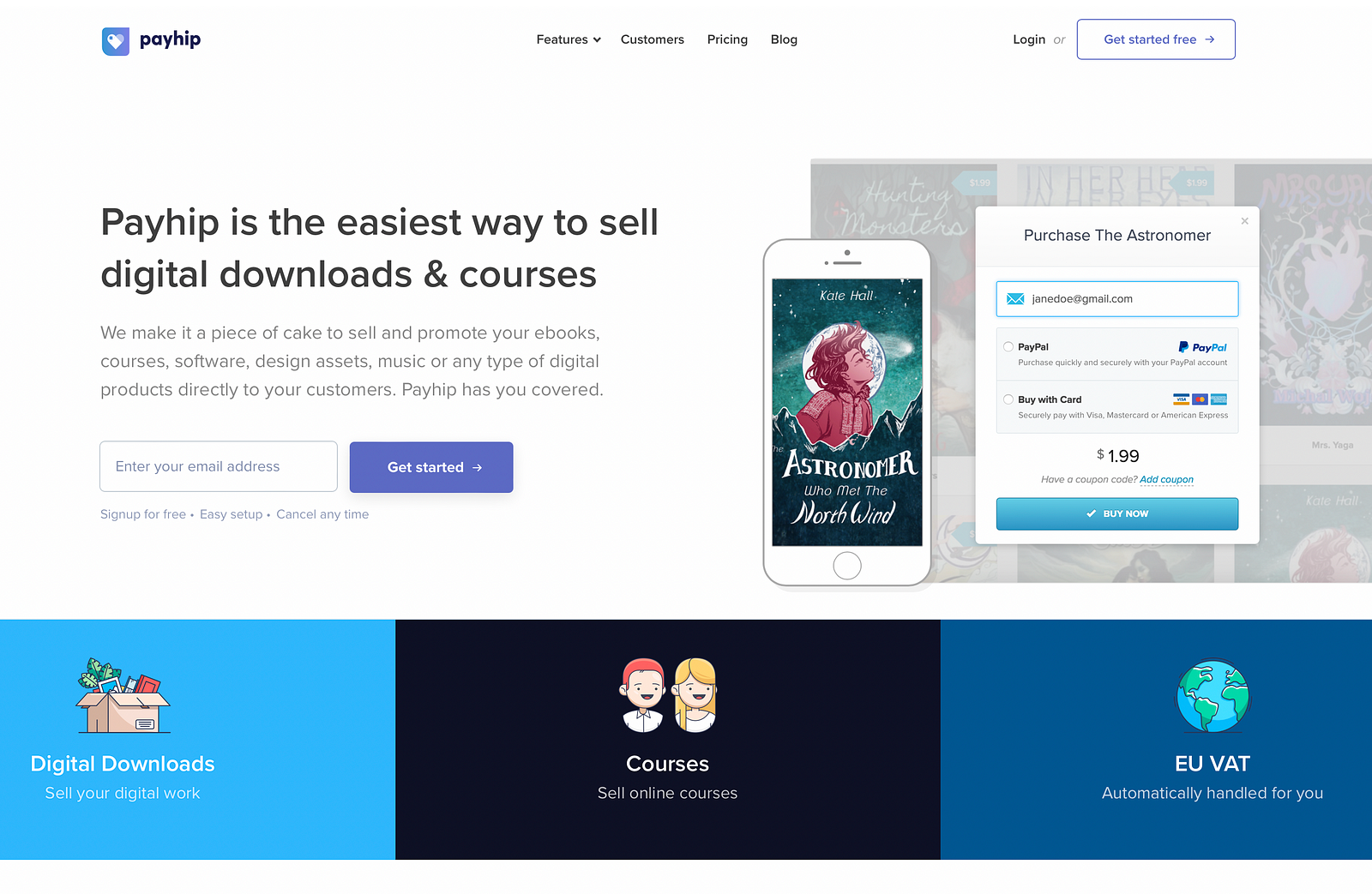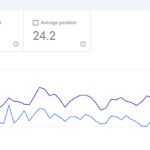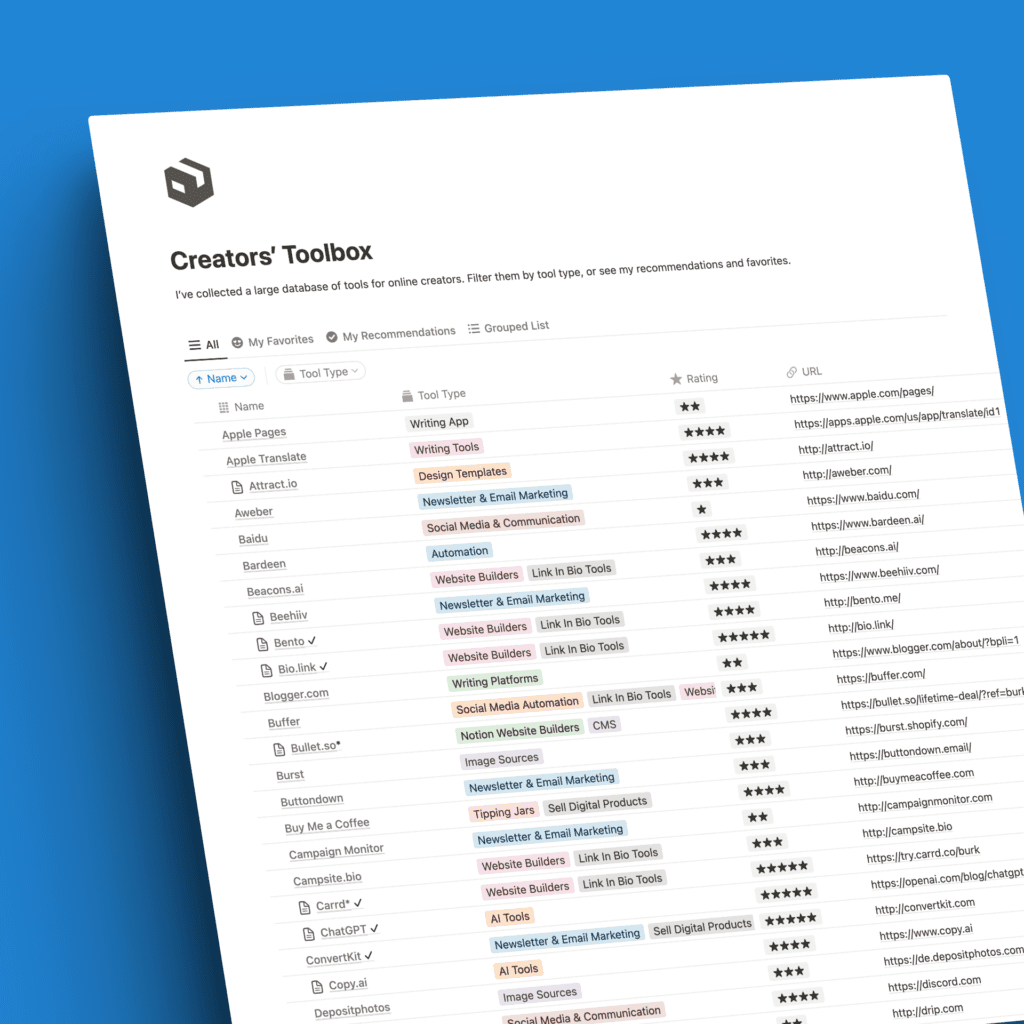I love Gumroad. But there is a strong competitor. And it’s even more capable in several areas. You can use that tool to build a complete website, a shop, a landing page, and a newsletter. All for free. Wait and see!
Before I’ll tell you about this other platform, a word about Gumroad.
Gumroad is one of the best places to sell digital products. I’ve been using it for 2 years. In this time, I have created 11 digital products (soon to be 12) and made close to 4000 sales.

While I’ve never had issues with it, I’ve been trying other platforms to compare them to Gumroad.
One, in particular, is a very promising competitor. It’s called Payhip.
This tool has been around since 2011, yet somehow it falls under the radar of other popular platforms. I don’t know why because it might very well be the best option for content creators, course instructors, digital product designers, and online shop owners out there right now.
And it’s free.
What’s Payhip
You might have heard of Payhip* before (my referral link, I’ll get a commission if you decide to sign up for a paid plan. You can use it for free, though!).

The company is based in the UK. I’ll come back to that in a minute.
Payhip offers much of the same that Gumroad does. You can sell digital products with an easy-to-use interface and backend.
It’s free. You only pay fees on sales. Those range from 5% on the free plan to zero fees on the pro plan.
Let’s further compare the two.
Features Payhip shares with Gumroad
- Free to use without limits. Gumroad’s fees sit at 10%, Payhip’s at 5%.
- You can connect a custom domain for free. That’s a big deal. Many platforms charge for that.
- In addition to selling products (digital or physical), you can also create blog posts & collect emails.
- You can invite affiliates to market your products. They get a commission for each sale.
- Both platforms offer memberships as well, meaning you can create products that require a recurring payment.
- Gumroad and Payhip give you easy-to-use embed codes to integrate into your website. These can be overlays or full page embeds.
Advantages of Payhip
- You can sell courses on Payhip. While you can do that on Gumroad, it’s not designed for it. Payhip offers its own video system for that purpose.
- Fees are lower. Payhip’s cut start at 5% on the free plan and goes down to nothing on the Pro plan for $99 a month. In between, there’s the Plus plan for $29/month with 2% fees on sales.
- Payhip has a variety of discount and marketing options for you to utilize. Apart from affiliates and general discounts (both of which Gumroad offers as well), Payhip has a referral program, cross-selling options, Facebook sharing discounts, and upgrade options. This is a huge list of marketing assets.
- For products, you can create collections. Those are a great way to bundle related items together. It works like filters on Gumroad, but to me, the implementation is simpler and more user-friendly. I have two collections for my bundles of icon packs and Notion templates.
- You can blog on Payhip. Actually, Gumroad offers this functionality too, but on Payhip, you can create multiple blogs under one account. All for free.
- Since Payhip resides in the UK, the company put some thought into GDPR (General Data Protection Regulation). They incorporate a simple cookie banner, for example. Gumroad does not offer this which technically makes Gumroad legally questionable for EU-based users.
- Customization options are everywhere on Payhip. Where you find only a couple of switches on Gumroad, Payhip has a range of features to make your website look the way you want. It’s so extensive, you can easily employ Payhip as a standalone service for your website, blog, shop, landing page, and newsletter tool, including a custom domain. All for free.
Advantages of Gumroad
Let’s not get carried away too quickly, though. Gumroad has a lot to offer as well.
- For starters, it’s the more popular service. That does make a difference as people recognize Gumroad links by now. They might not know what Payhip is.
- Also, Gumroad has a Discover feature. This means your products will be shown to potential customers through the Gumroad algorithm. That’s a huge deal. I’ve made a large amount of my sales through this Discover program.
As far as I’m aware, Payhip does not have anything similar to Discover. - Next, Gumroad’s design is pretty sleek, I think. Although it lacks customization as I said before.
- Blog posts are handled better on Gumroad. You can write articles, schedule them ahead, and target the user or customer groups you want to send this post to via email. On Payhip, you can write blog posts, but they’re not connected to the email functionality. That’s a bummer. I’d love to see Payhip improve here. To me, it’s a no-brainer that my blog posts should automatically be sent to all or selected customers in addition to being published online.
Payhip vs. Gumroad
It’s hard to pick a winner between Gumroad and Payhip. And I won’t pick. Both platforms have a plethora of features. Both are free to use with no feature limit.
Gumroad and Payhip are mainly selling platforms for digital or physical products with Payhip also specializing in online course sales. But you can use both platforms to build a fully functioning website, blog, shop, and newsletter on your custom domain.
All for free.








